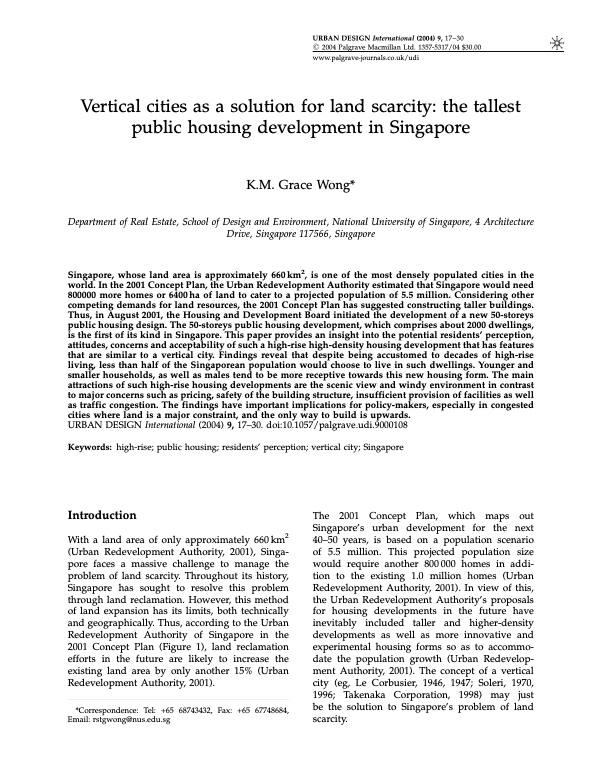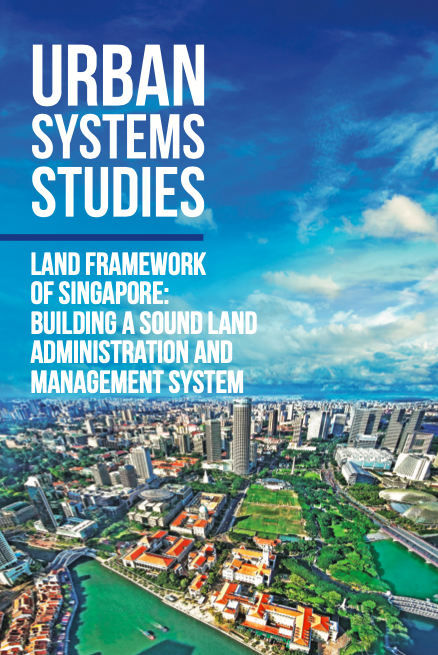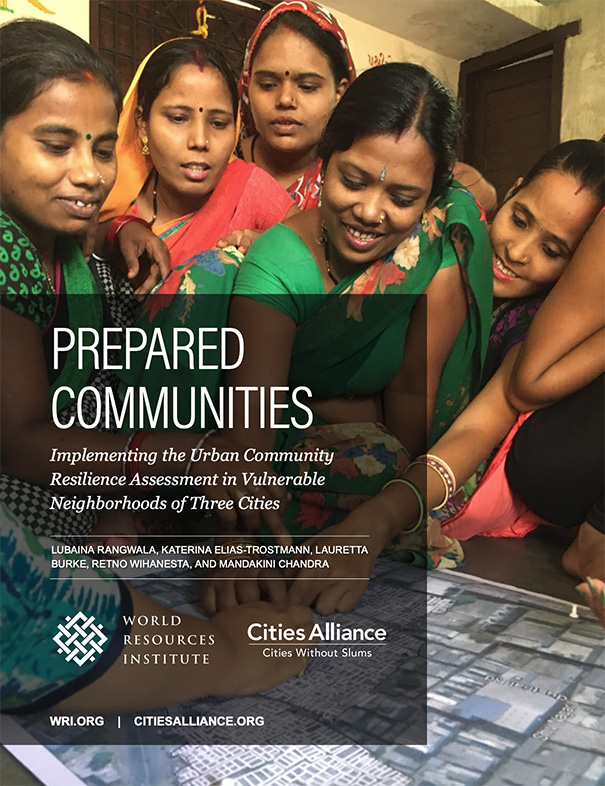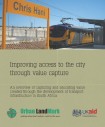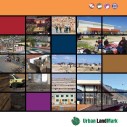Mapping settlement systems in China and their change trajectories between 1990 and 2010
A wide variety of settlement systems exist, ranging from small villages to large metropolises. However, spatial analyses are typically confined to the mere presence or absence of built-up land and the changes therein, while more subtle differences between various settlement systems are ignored. In this paper we study the spatial distribution of Chinese settlements in terms of their built-up land, cluster density and cluster size, as well as their changes between 1990 and 2010.



